In the shadow of a world where privacy had become a luxury few could afford, Michael Ravenwood, a Harvard professor with a penchant for secrets, embarked on a quest that would challenge the very foundations of surveillance and espionage. His invention, a machine that employed the elusive art of vanishing digital ink, promised an era of communication cloaked in impenetrable secrecy.
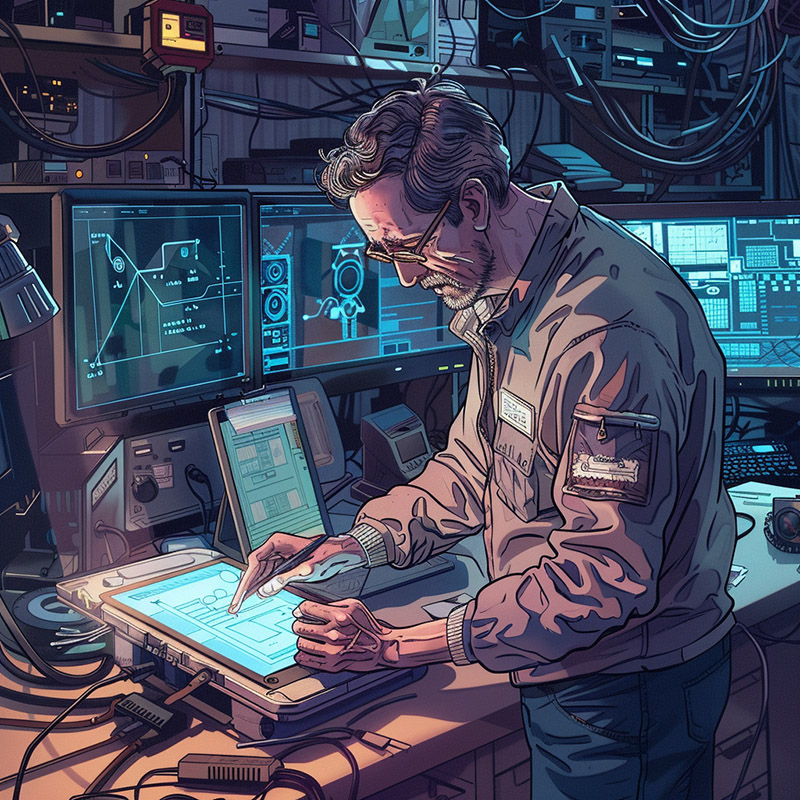
As word of Ravenwood's invention spread, it caught the wary eyes of the National Security Agency (NSA), guardians of the United States' most closely guarded secrets. The agency, a labyrinth of spies and technocrats, saw in Ravenwood's machine not a tool for privacy but a threat to national security. It was a device that could not only undermine their efforts to track terrorist activities but also render their most advanced decryption tools obsolete.
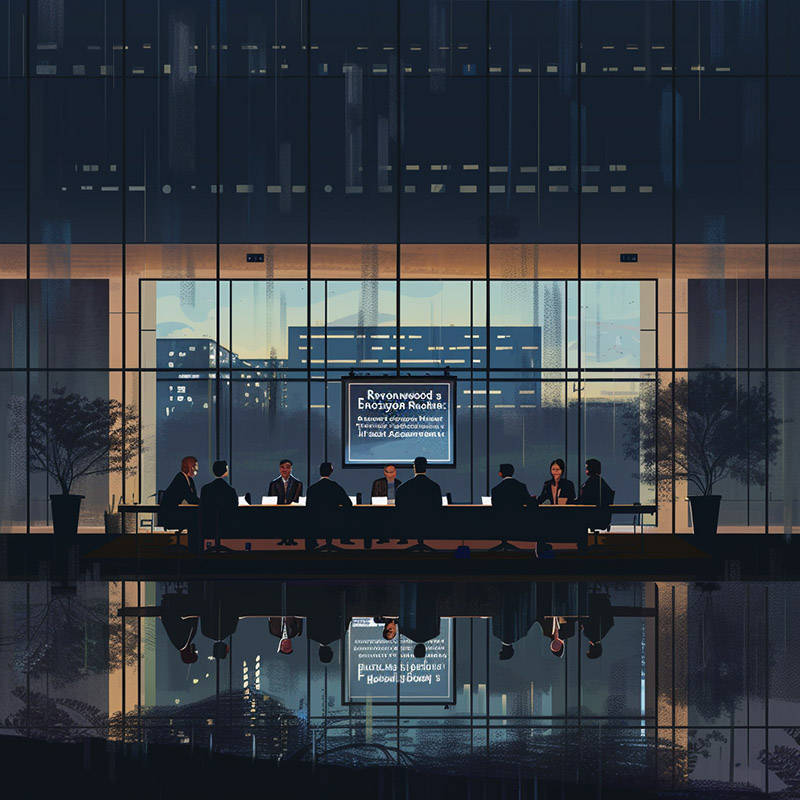
Ravenwood's machine harnessed an electronic version of vanishing ink, a concept as alluring as it was terrifying for those in the business of secrets. Unlike the quantum codes of lore, which required the might of yet-to-be-realized quantum computers, Ravenwood's invention was deceptively simple. It could be used by anyone, anywhere, making the prospect of unbreakable encryption a reality for the masses.
The heart of Ravenwood's scheme was an audacious use of the world's digital noise—television broadcasts, mobile phone signals, and the endless hum of internet chatter. This cacophony of data, freely floating through the air, was transformed into a fountain of cryptographic keys, each as fleeting as the moments that birthed them.

Alice and Bob, protagonists in this tale of cryptographic rebellion, were the first to test the waters. With a secret handshake encoded in software, they plucked their keys from the sky, crafting messages that were as ephemeral as the data streams they rode upon. Even Eve, the ever-vigilant eavesdropper, found herself adrift in a sea of digital noise, unable to catch the whispers of conspiracy.
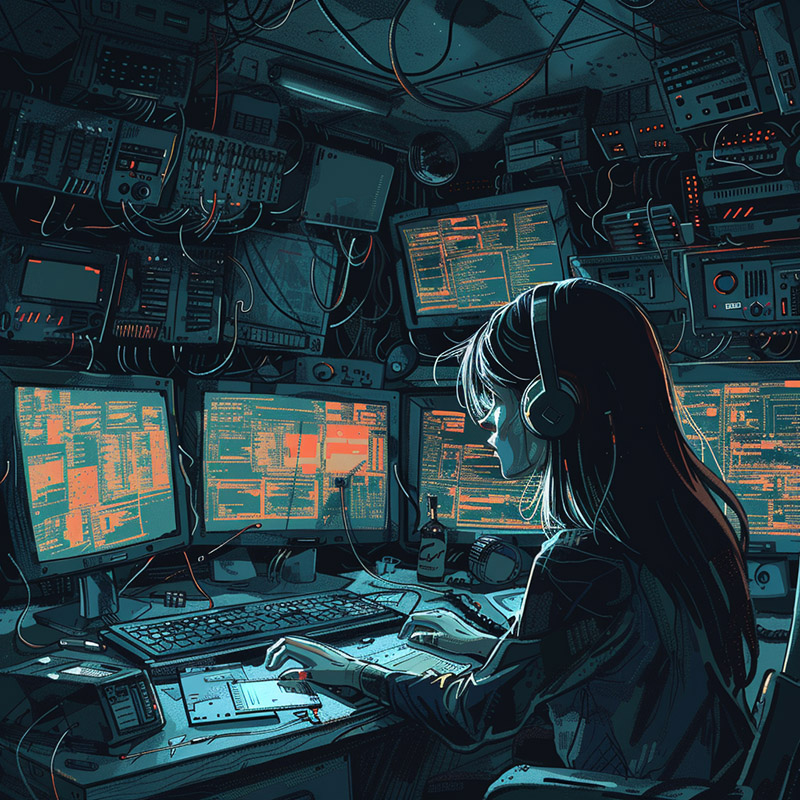
But Ravenwood's ambition did not end with terrestrial data streams. Teaming up with Woody Yang, an electrical engineer, he envisioned a constellation of satellites, each beaming down a torrent of random bits. This celestial orchestra would play a symphony of secrecy, its notes too numerous and fleeting for any archive to contain.
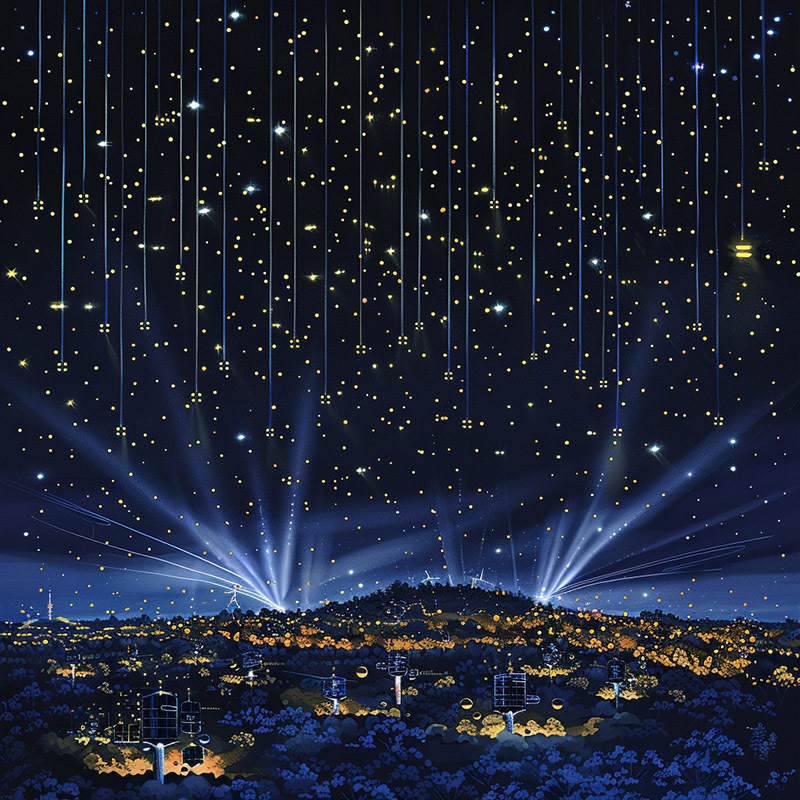
The NSA, however, was not idle. Whispers of Ravenwood's work echoed through their halls, sparking debates and drawing the attention of those who wielded power in the shadows. Questions arose, not of the machine's feasibility, but of its implications. Was the ultimate encryption machine a boon for privacy or a barrier to justice?
Ravenwood, undeterred by the murmurs of dissent, pressed on. His machine, he argued, was not a weapon but a shield—a means to protect the sanctity of private communication in an age where such a concept was rapidly eroding.
Yet, as Ravenwood toiled in his laboratory, the world outside continued its inexorable march toward surveillance and control. Governments, corporations, and shadowy entities sought to pierce the veil of privacy, each with their own motives and methods.
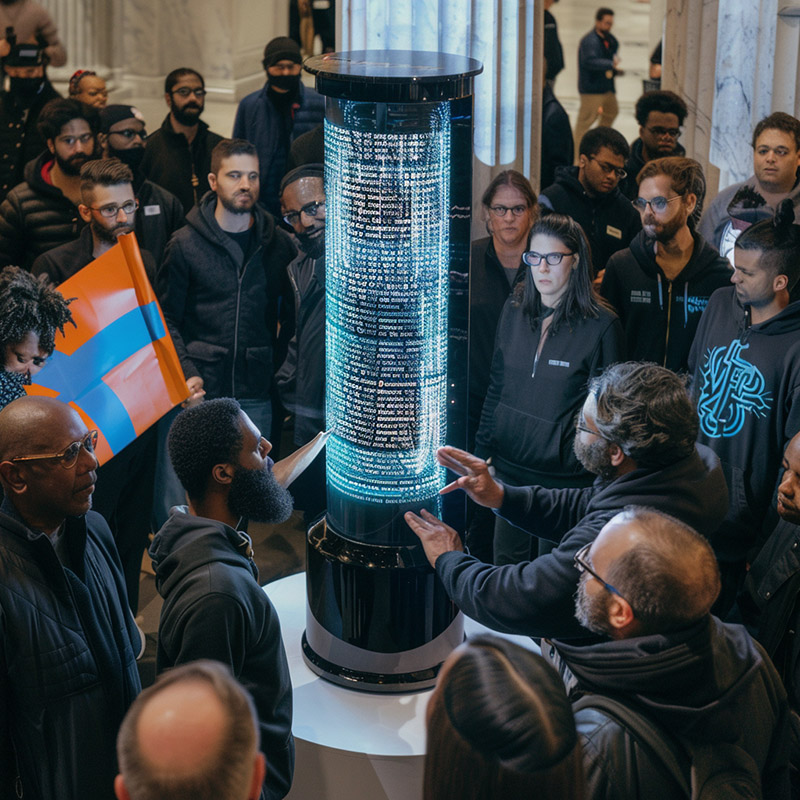
In the end, the story of Ravenwood's machine is a tale of paradoxes—of a device born from the desire for privacy that could, in the wrong hands, become the ultimate tool of oppression. It is a reminder that in the dance between secrecy and security, the steps are never clear, and the music never stops.